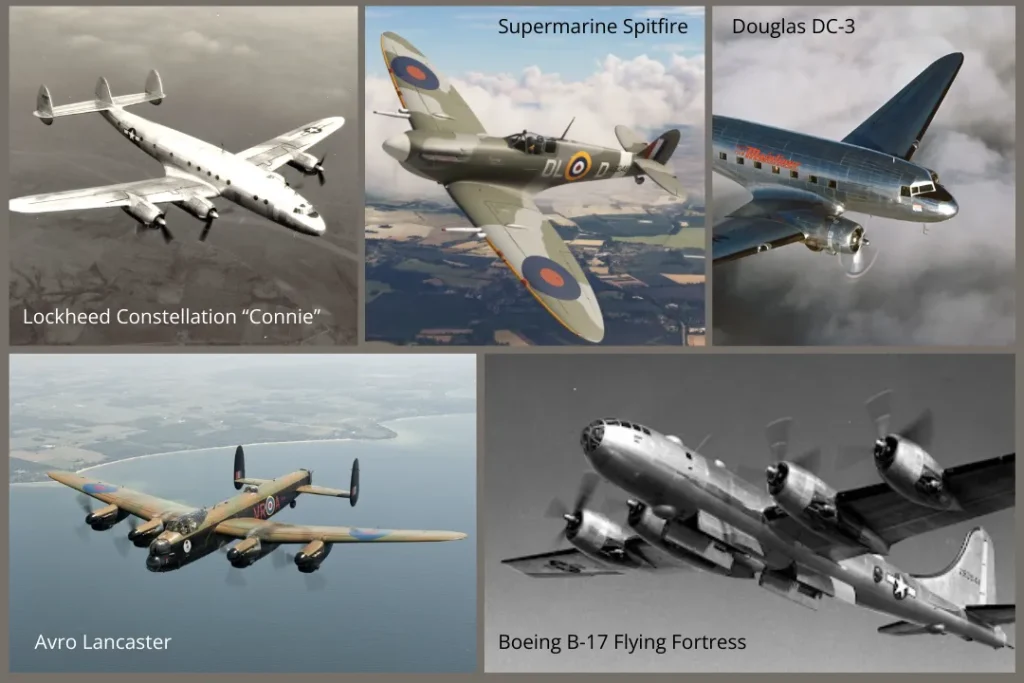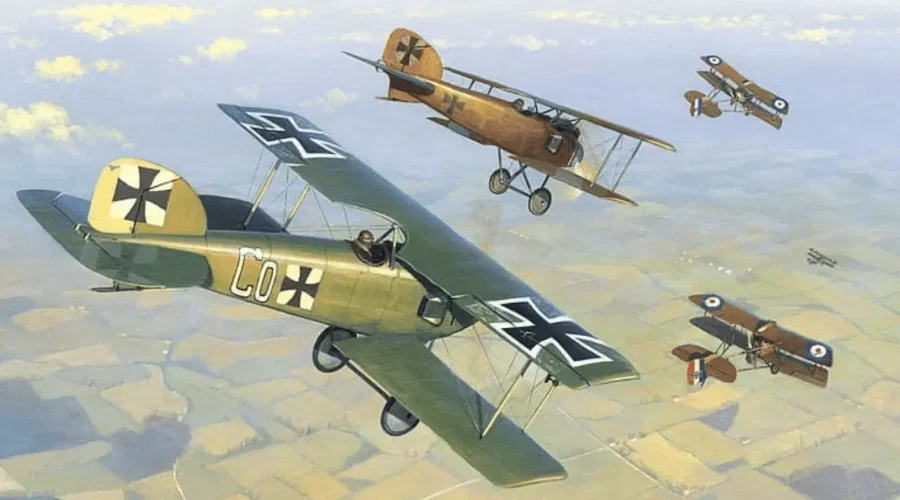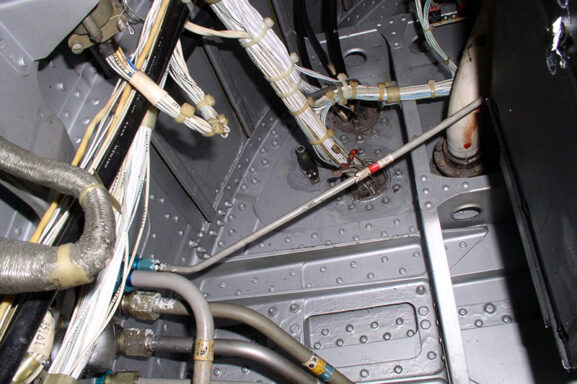Aviation’s Unlikely Evolution: War and Progress
As an aviation professional, I have always been fascinated by the history of our industry. However, one aspect that brings mixed emotions is aviation’s role in the two world wars. While these conflicts caused immense suffering, they also accelerated aircraft development in ways that continue to shape modern aviation.
Military necessity drove rapid advancements in aircraft design, making planes more effective for combat, bombing, reconnaissance, and transport. Ironically, while the world endured devastation, aviation technology leaped forward. Today, a vast portion of classic aircraft history is rooted in military designs that eventually transitioned into civilian aviation.
Warplanes That Shaped the Future
Supermarine Spitfire – The Agile Fighter
A symbol of WWII, the Spitfire’s advanced aerodynamics and elliptical wing design contributed to more fuel-efficient commercial aircraft.
Boeing B-17 Flying Fortress – The Heavy Bomber
Lessons from this bomber’s powerful engines and durable airframe influenced Boeing’s later success in long-haul commercial aviation.

Lockheed Constellation – From Transport to Passenger Aircraft
Initially a wartime transport, its pressurized cabin revolutionized commercial air travel, setting the stage for modern long-distance flights.
Douglas DC-3 – The Birth of Commercial Aviation
Originally a military transport, the DC-3 made air travel affordable and accessible, proving its viability as a mainstream mode of transportation.
Avro Lancaster – Bomber to Civilian Aviation Influence
The Lancaster’s robust engineering laid the foundation for UK-built commercial aircraft in the post-war era.
A Legacy of Innovation
Despite their wartime origins, these aircraft contributed to advancements in safety, speed, and efficiency. The rapid technological evolution driven by war paved the way for the aviation industry to soar in the post-war years.
Today, as we step onto commercial flights, we unknowingly embrace a legacy shaped by both conflict and progress. While we acknowledge the past, it is our responsibility to ensure that aviation continues to serve humanity in peaceful and progressive ways.
Next time you fly, remember—you are not just in a plane but in a piece of history that bridges the sacrifices of the past with the promise of the future. To those who made this possible, the unsung pioneers of aviation, we owe our gratitude.



